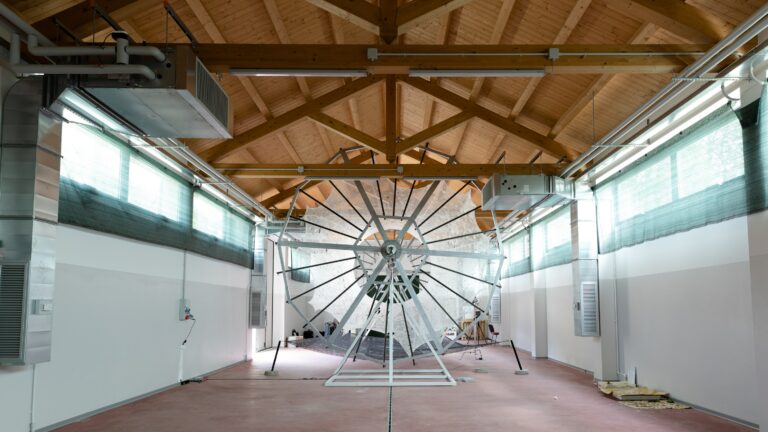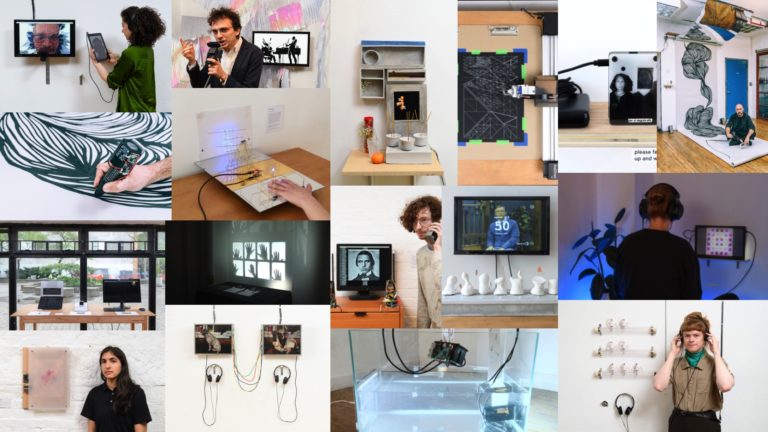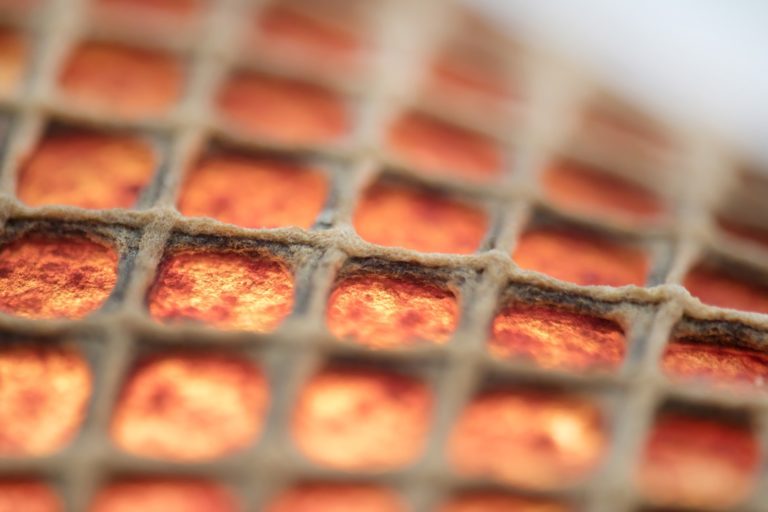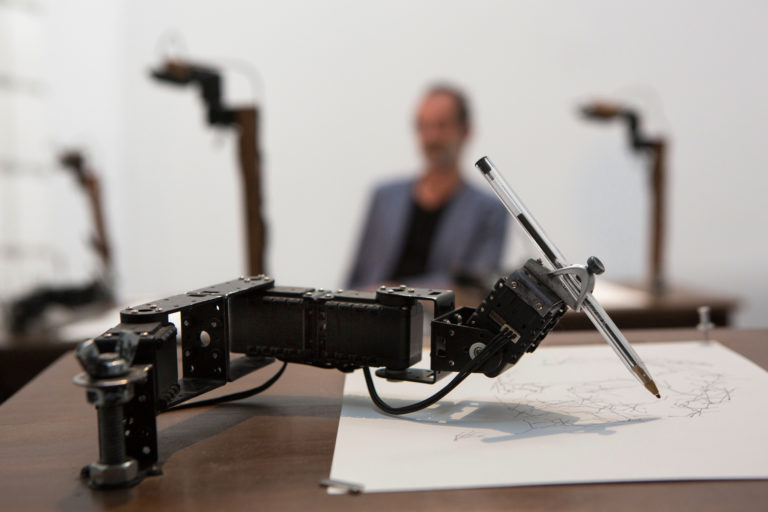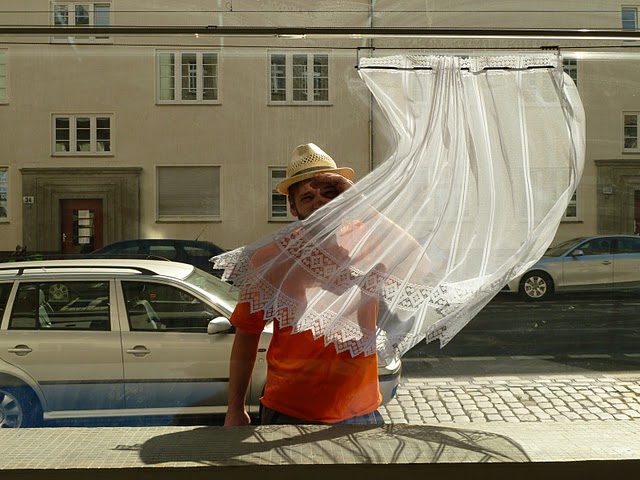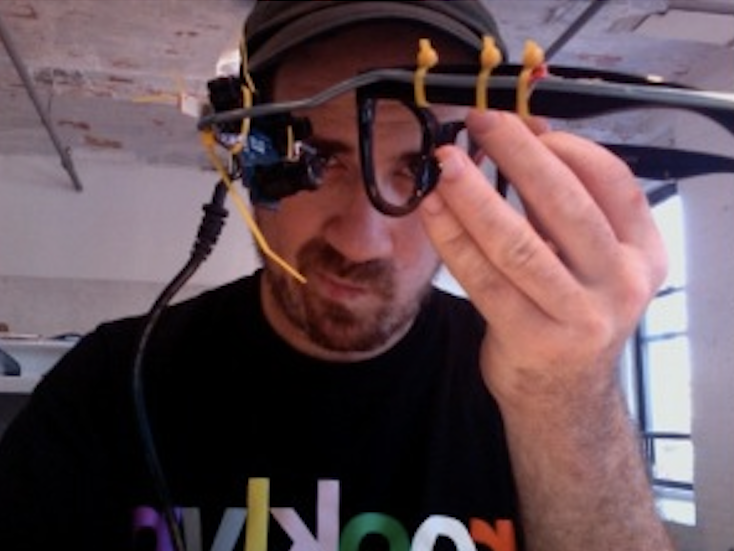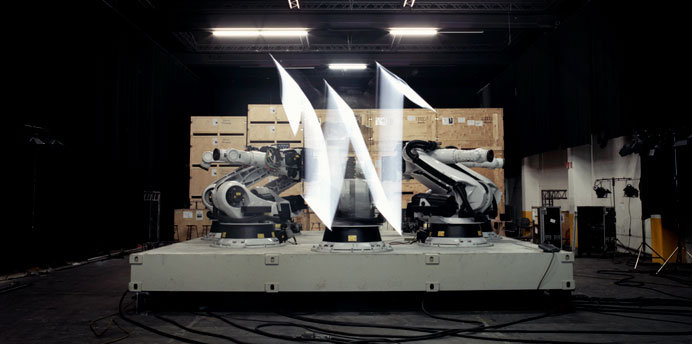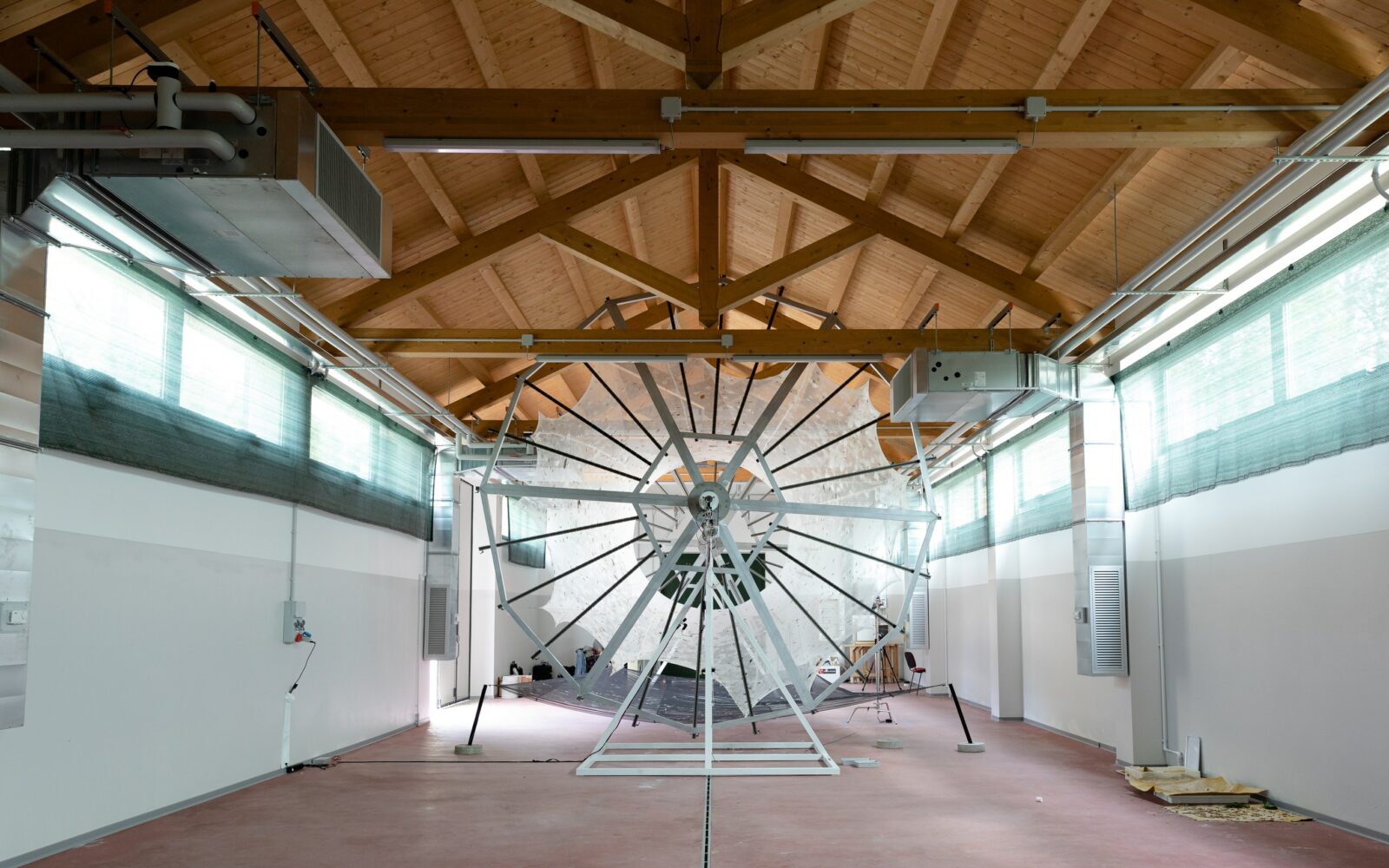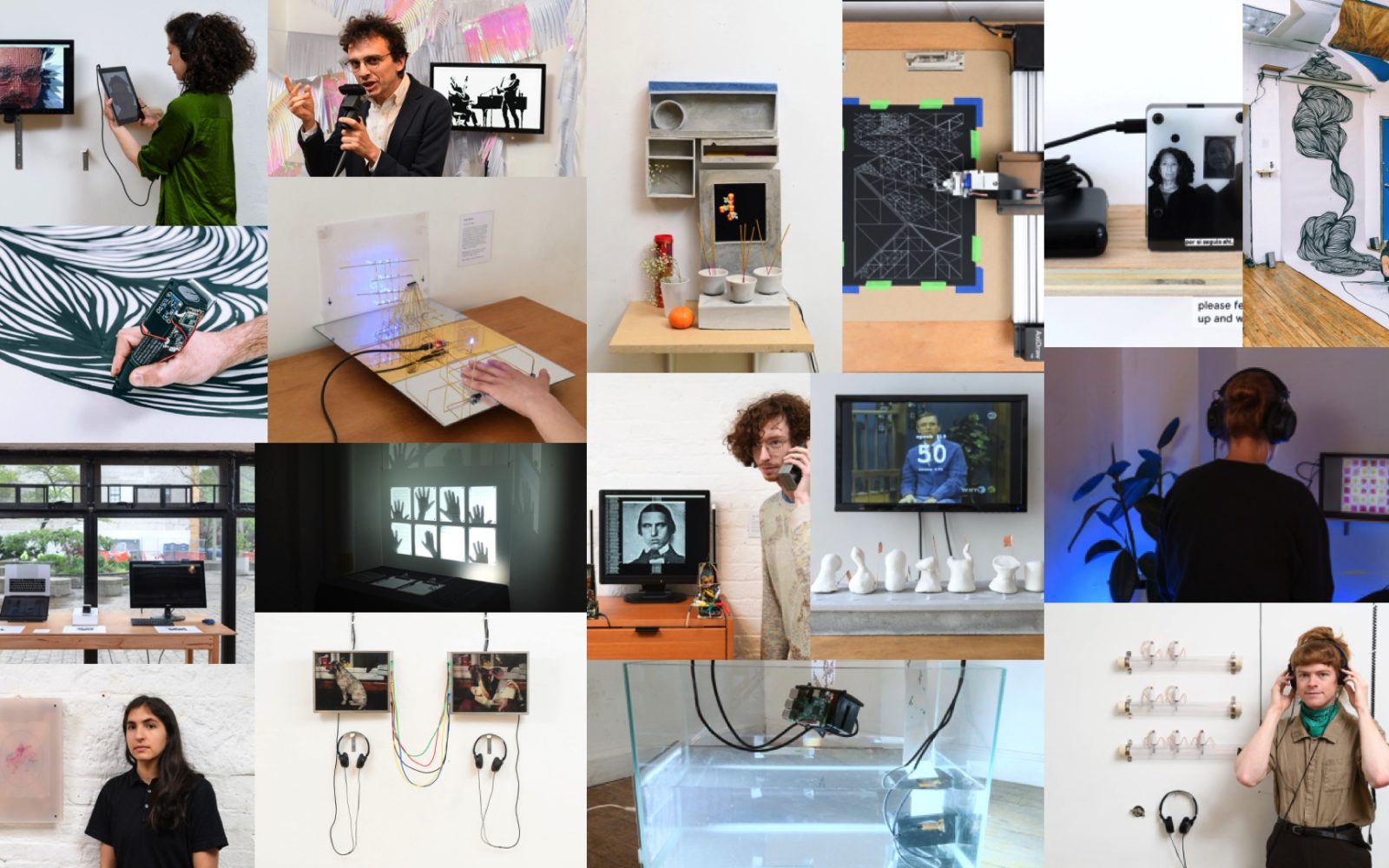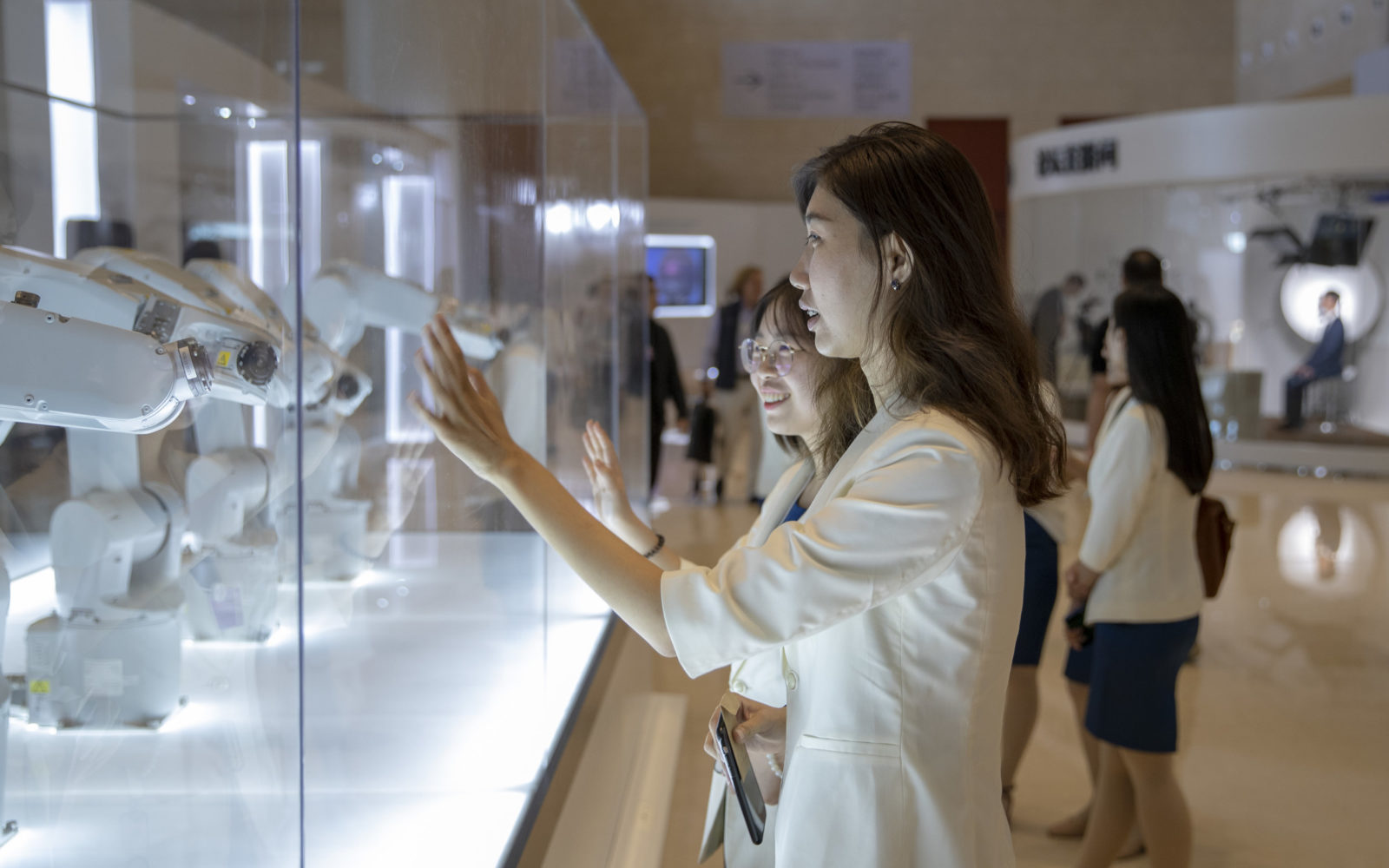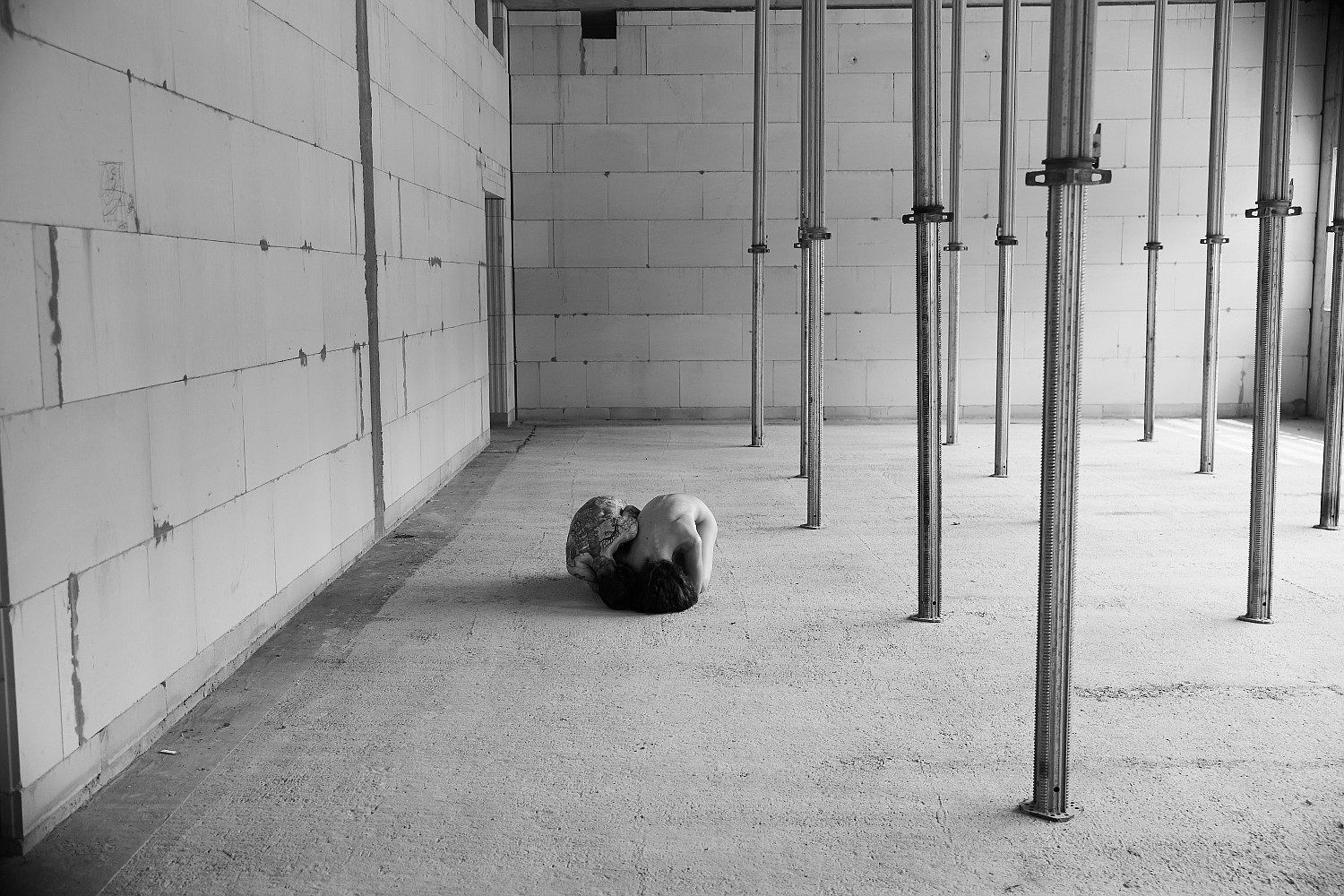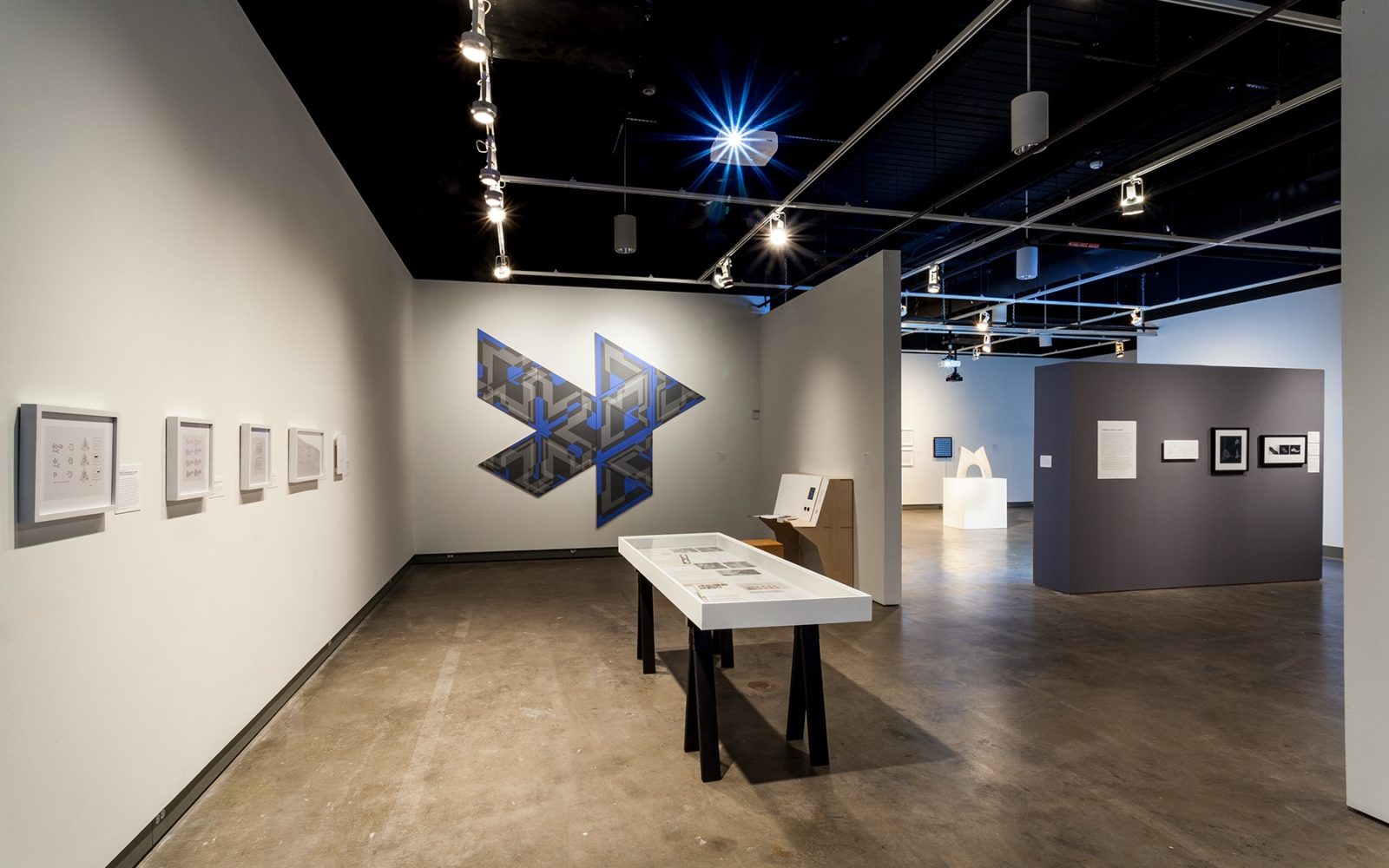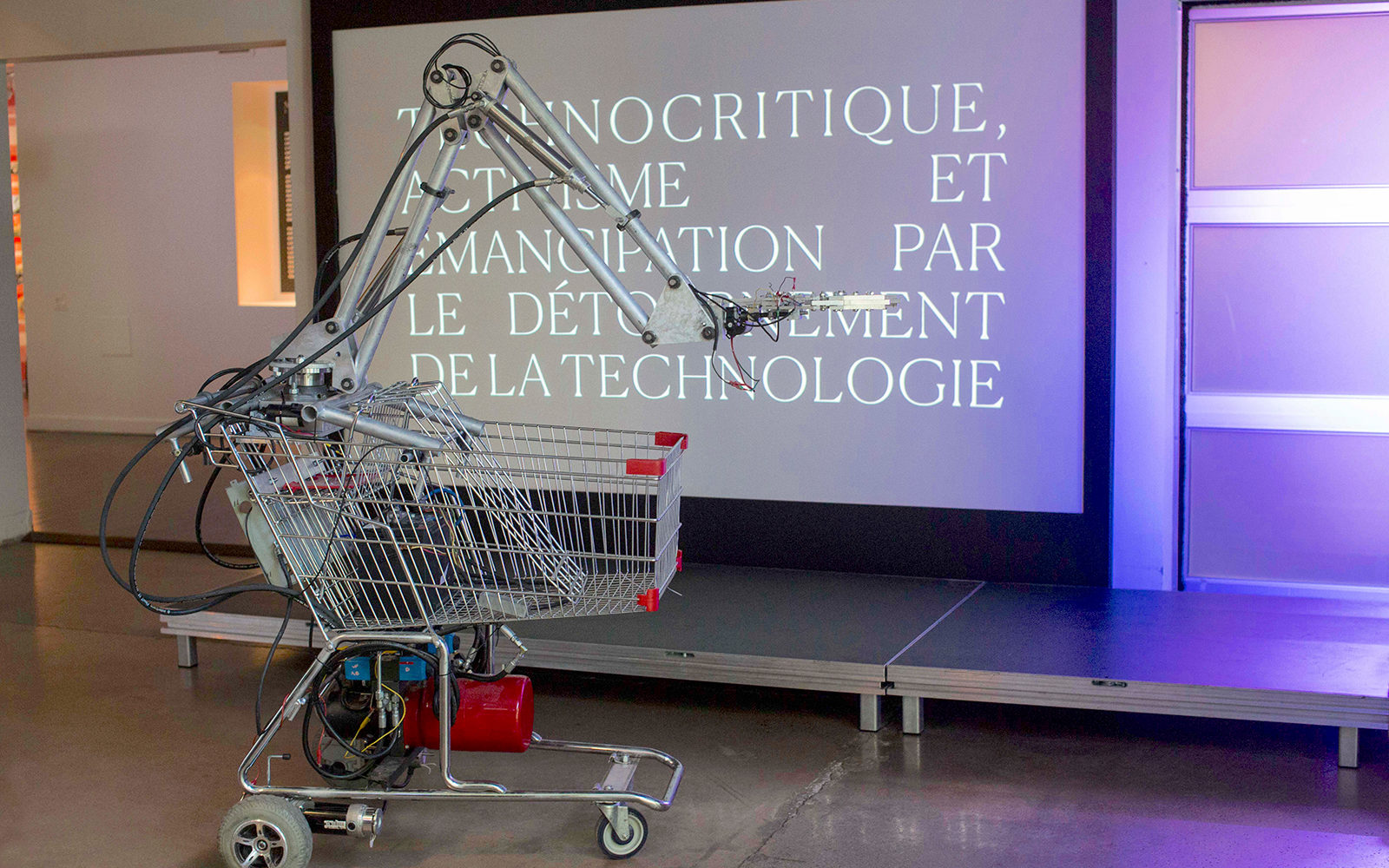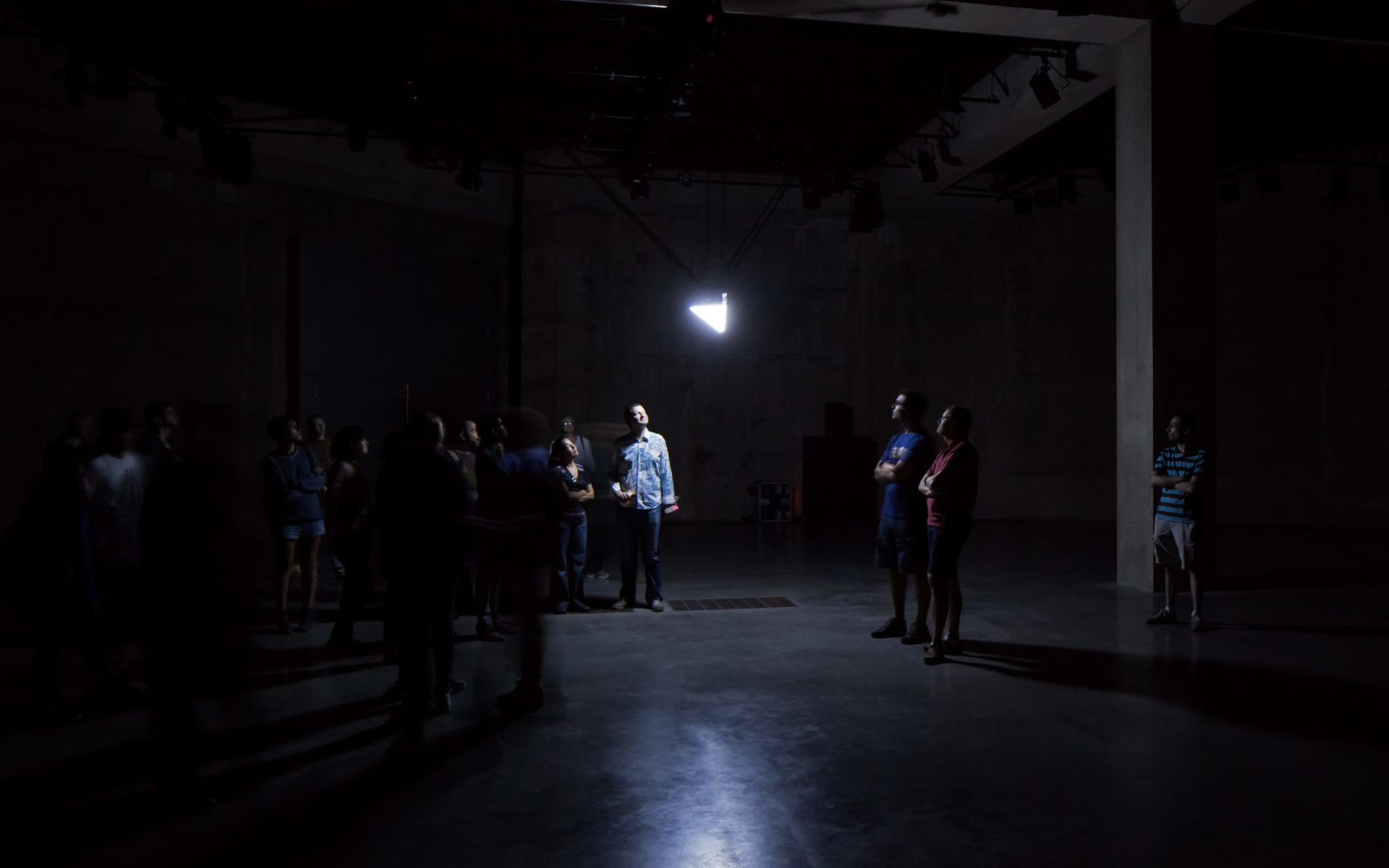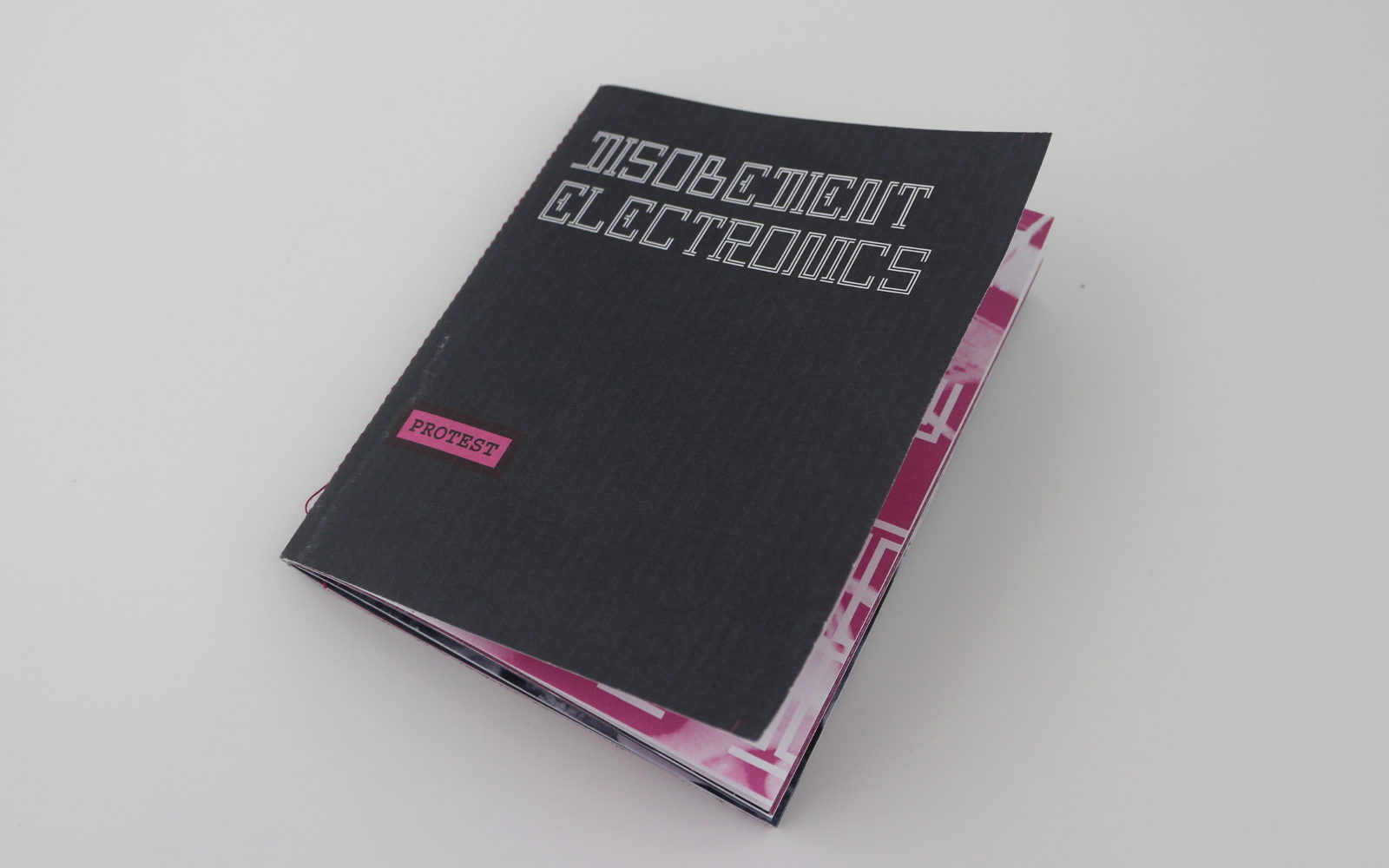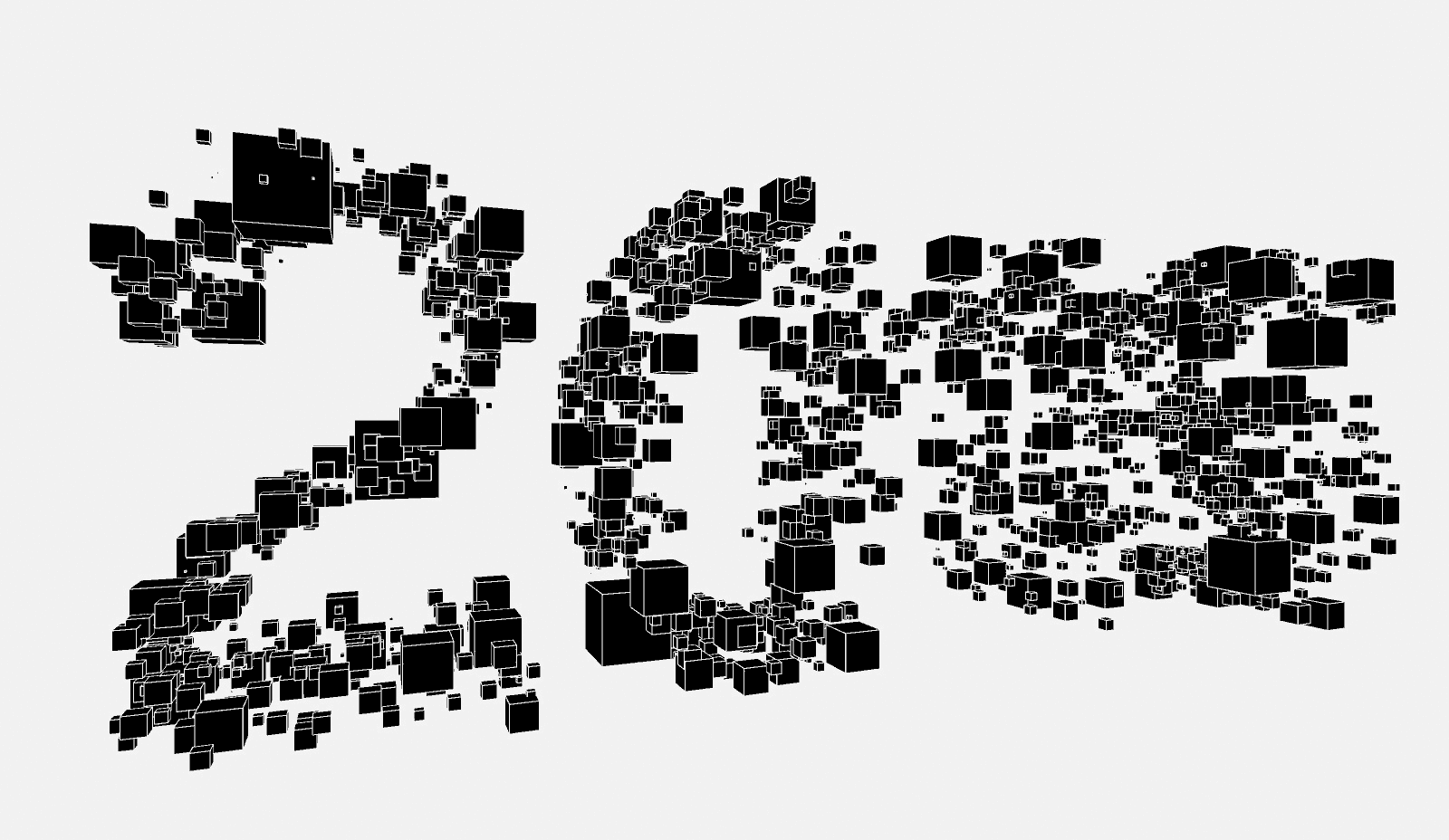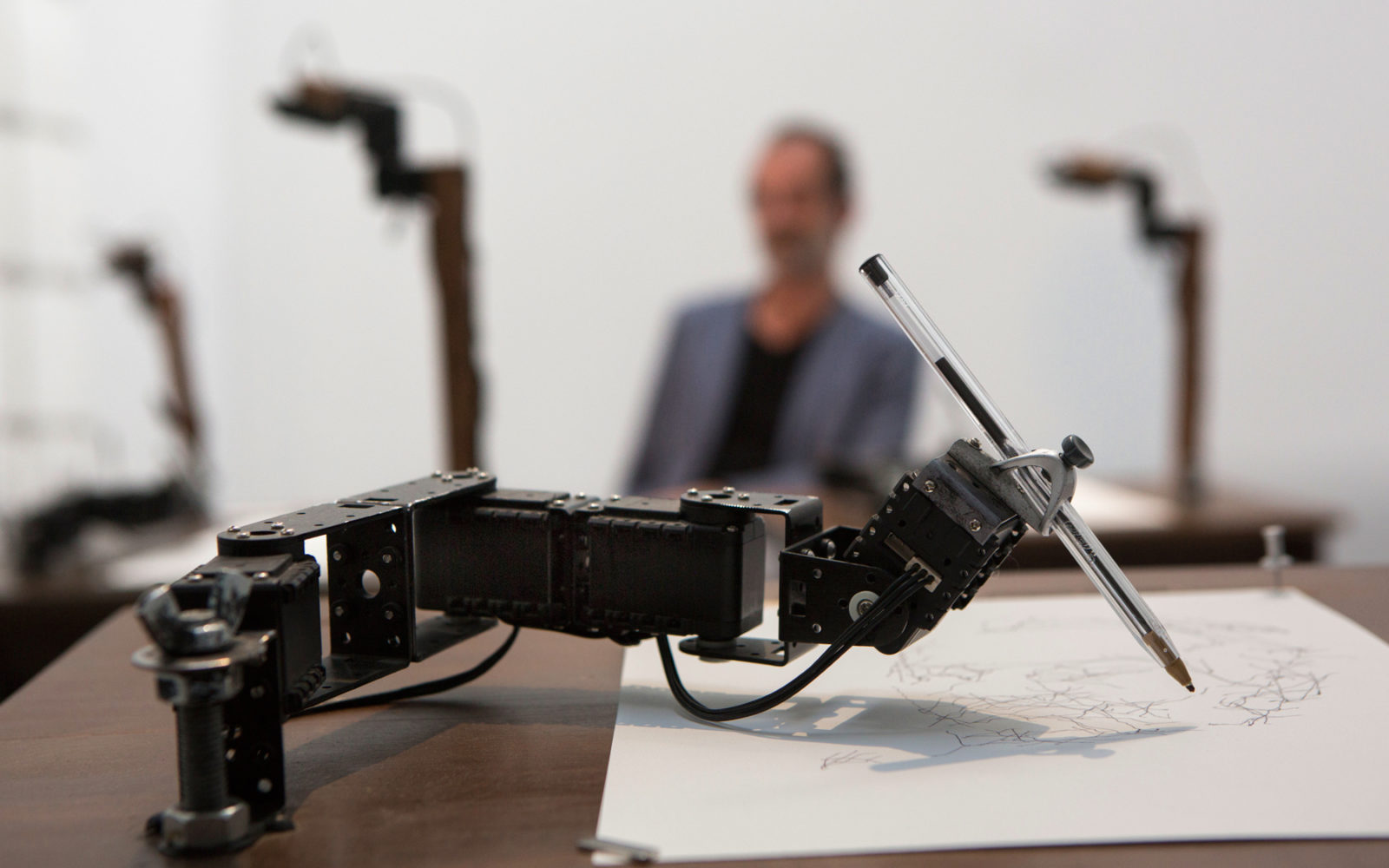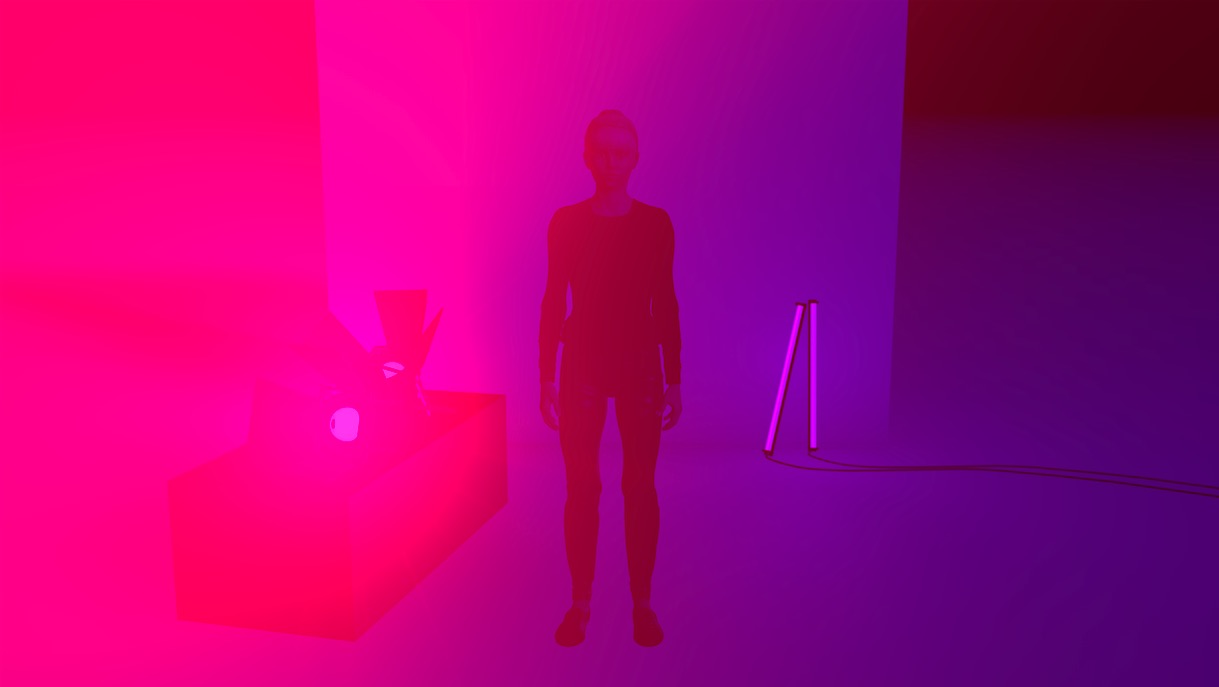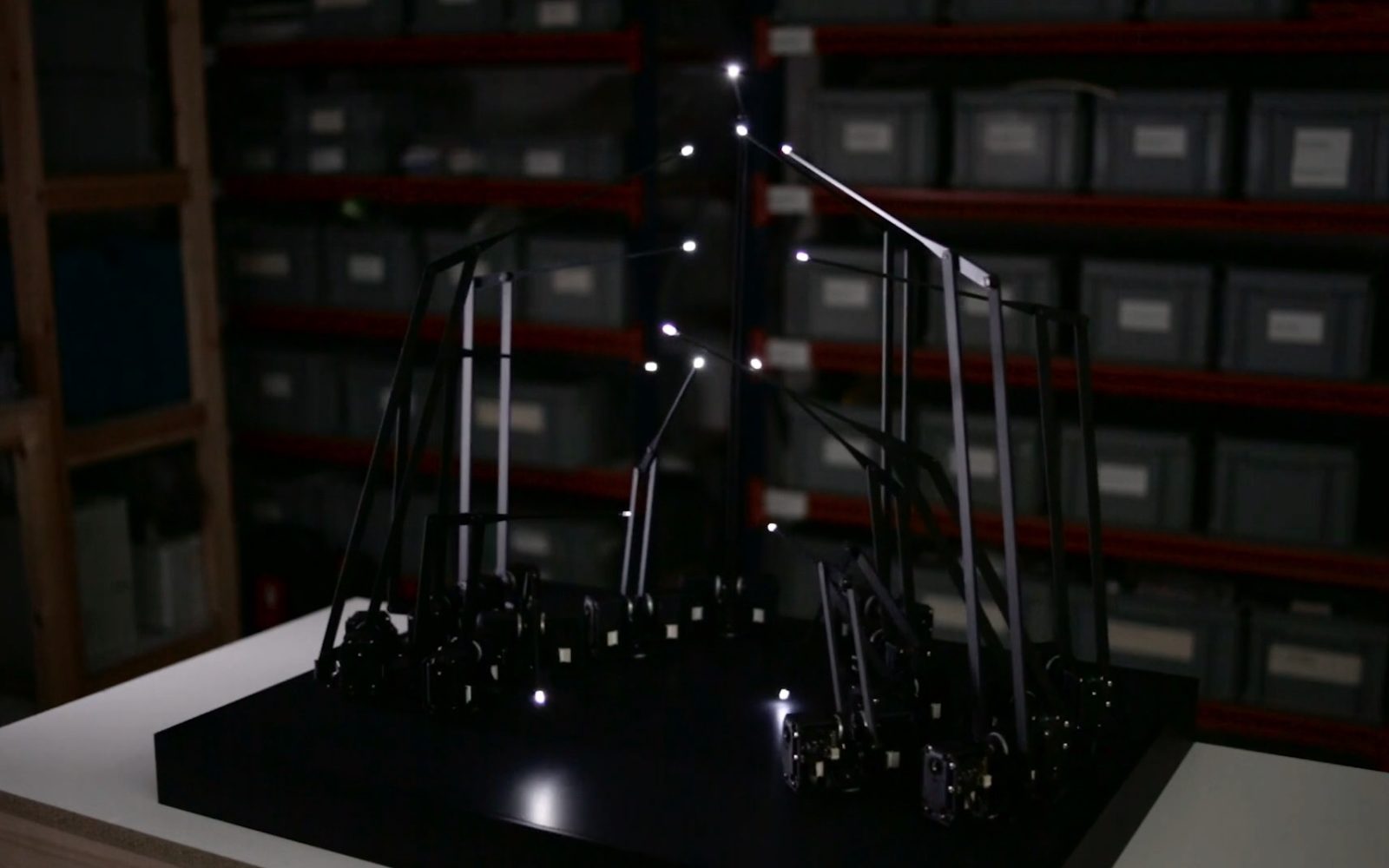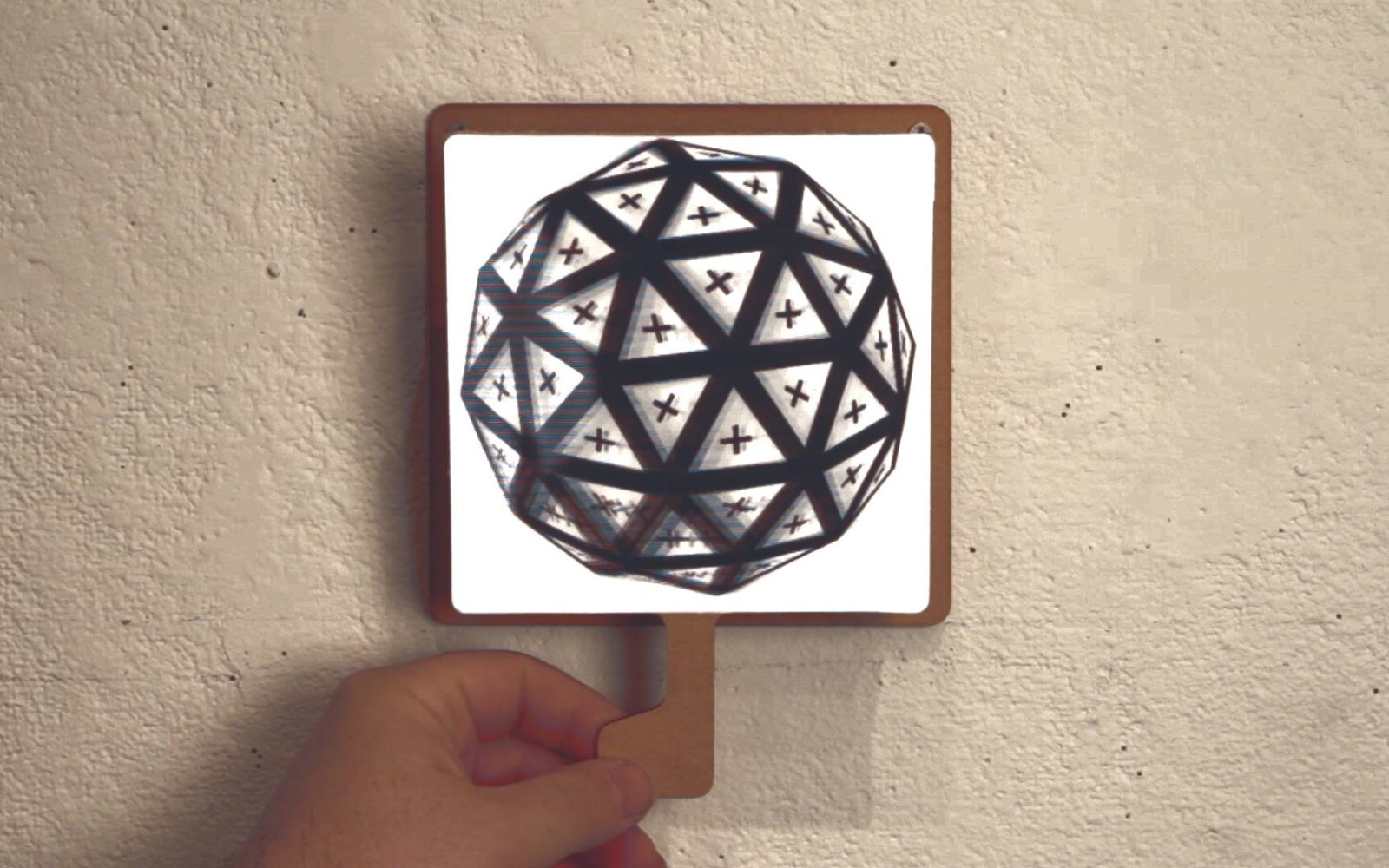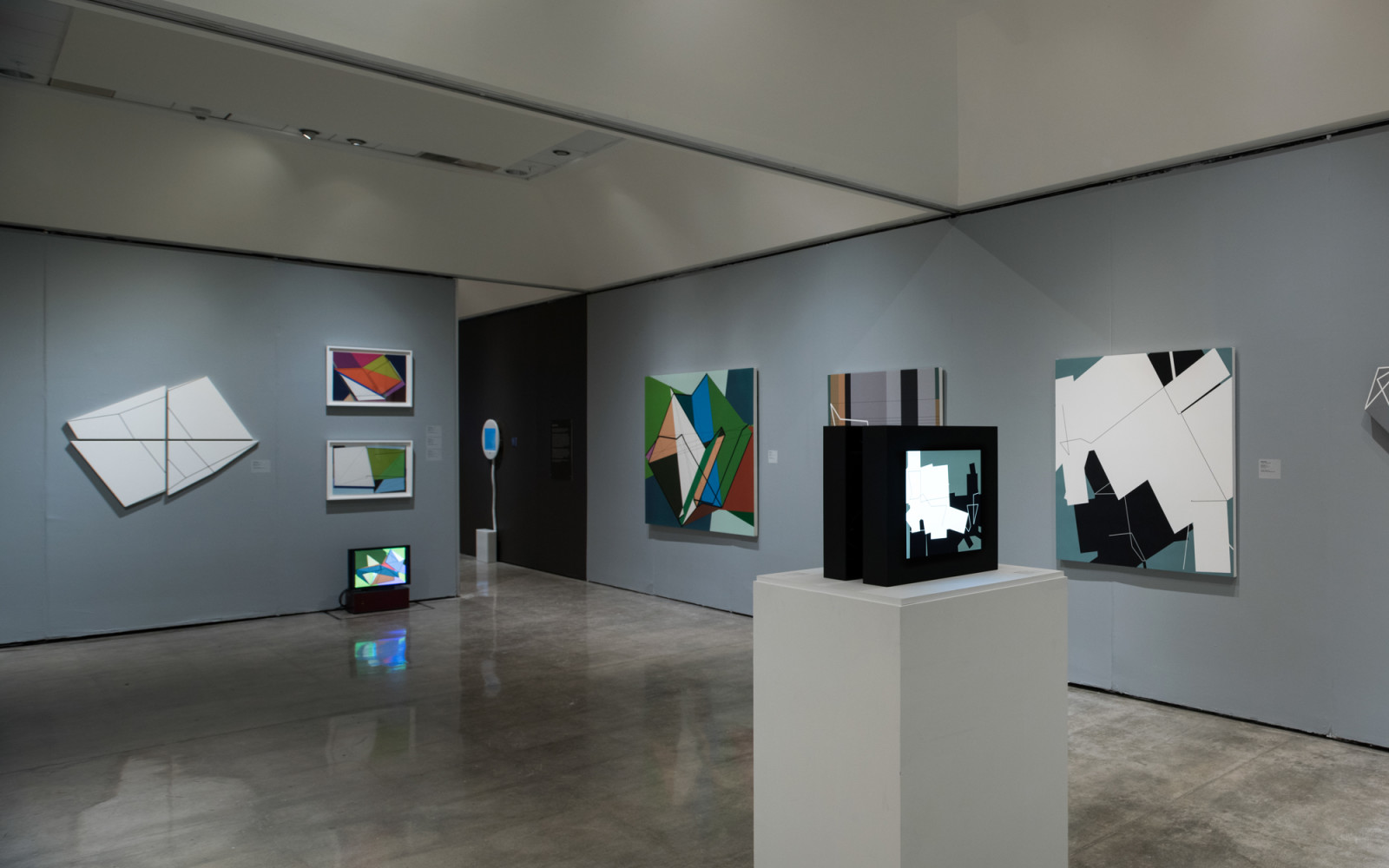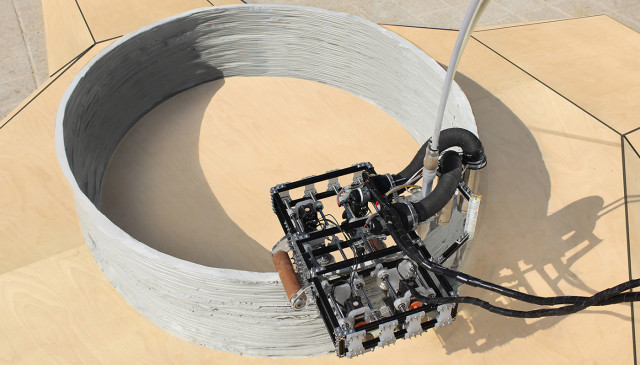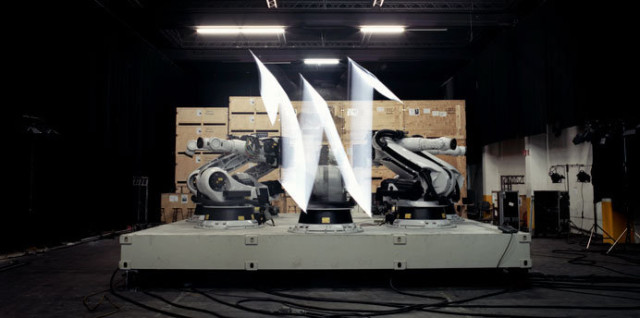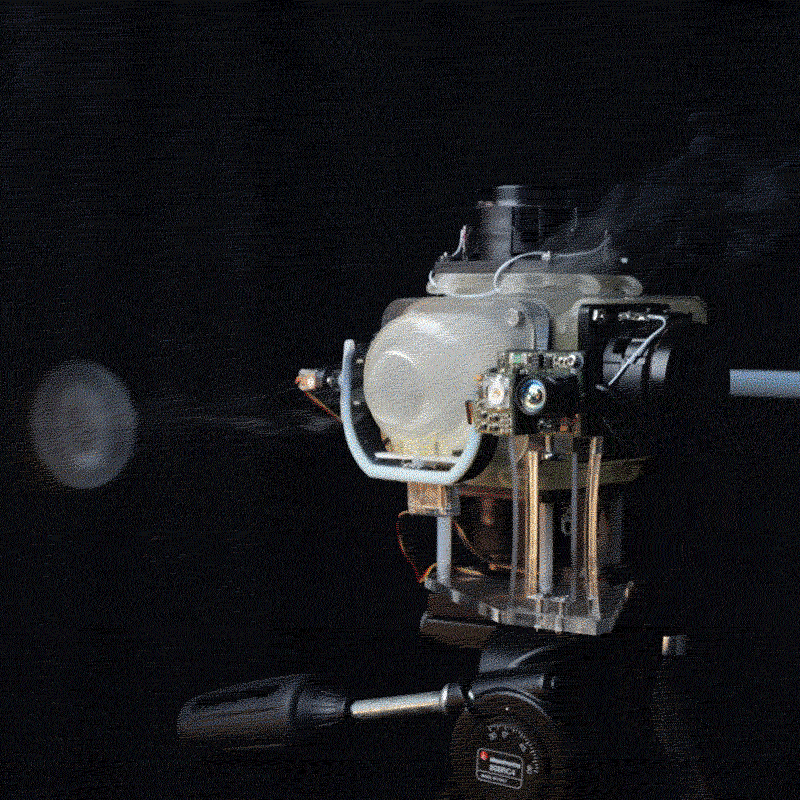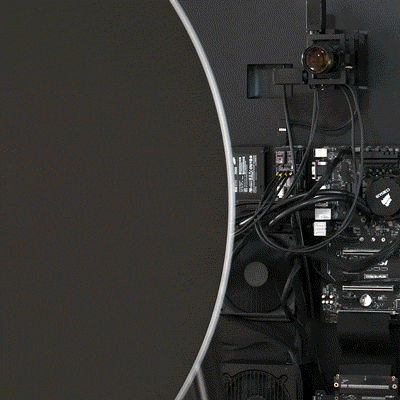/?s=robotic arm
Displaying search results
60 Results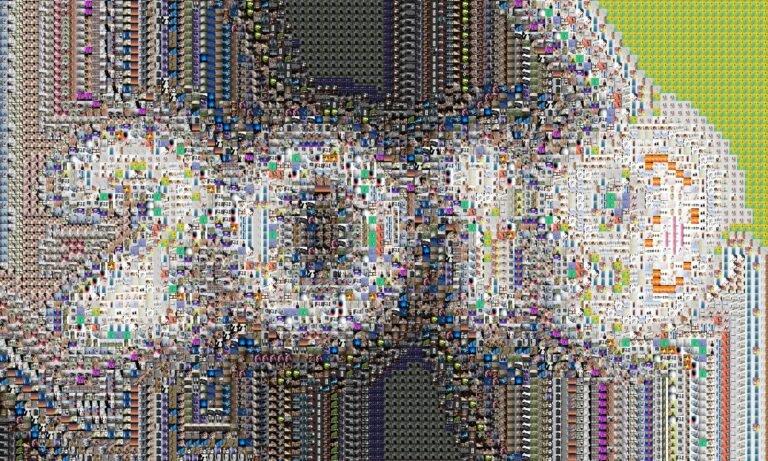
As per tradition each year, December is when we look back at the amazing work published on CAN. From ingenious machines and installations to mesmerising experiences that leverage new mediums for artistic inquiry – we added scores of projects to CAN’s archive in 2019. Here are some highlights.
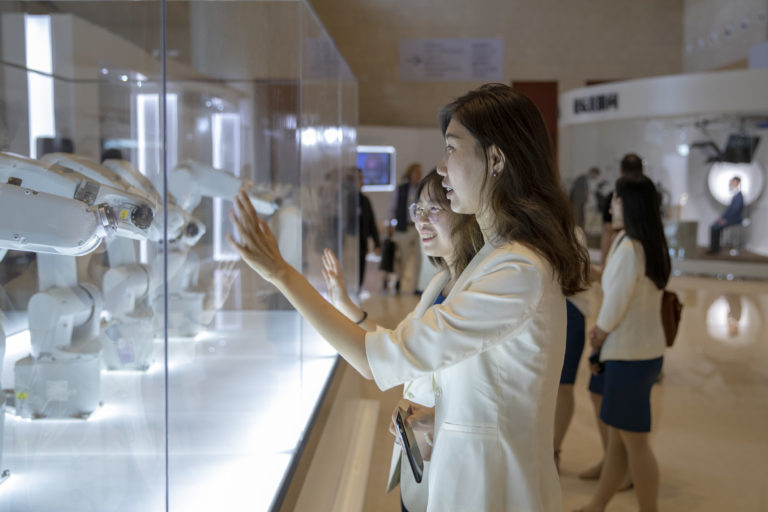
Created by Madeline Gannon for the 2018 Annual Meeting of New Champions at the The World Economic Forum, in Tianjin, China, Manus is a set of ten industrial robots that are programmed to behave like a pack of animals.
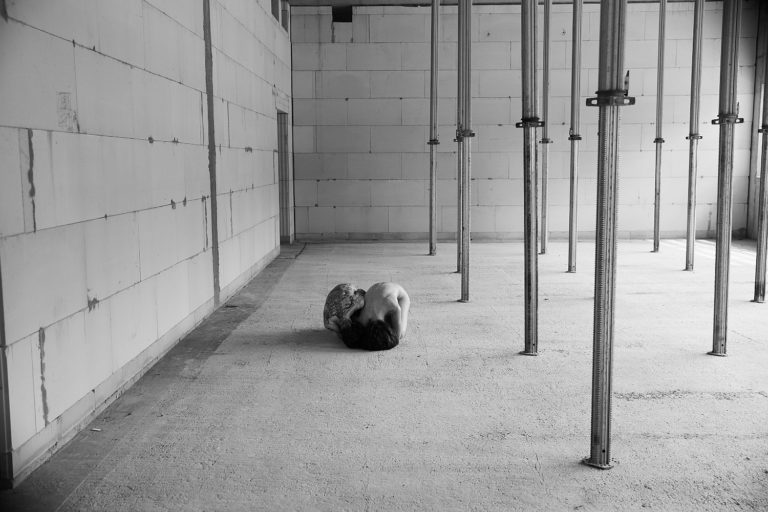
The symbiosis between users and devices allows and encourages personal performance pervasively, and breaks the boundaries between human and non-human action: today’s performance is post-human, quoting Karen Barad. The concept behind the term “live” (de visu) has vastly changed, following the technological evolution and letting a high-performance gradient emerge in everyday habits. With the aim…
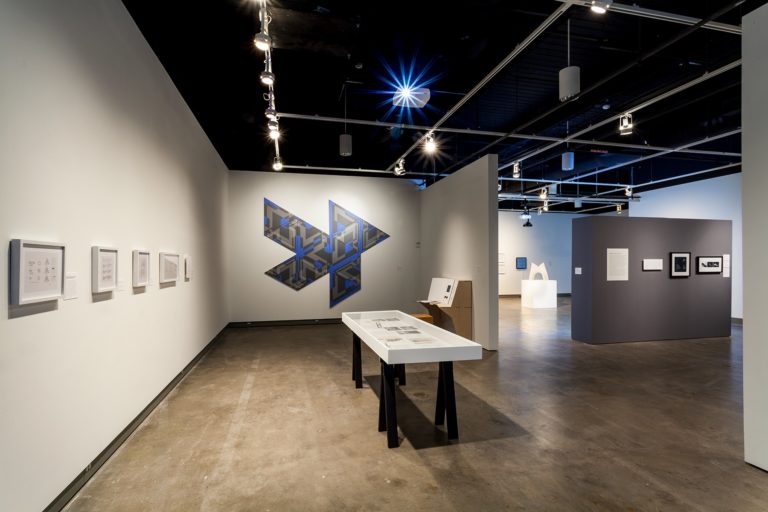
“Designing the Computational Image, Imagining Computational Design” is an exhibition that excavates the foundation of computer-aided design and manufacturing and weaves together several ‘origin stories’ for contemporary consideration. The show recently closed after a seven-week run at the Miller Gallery at Carnegie Mellon University in Pittsburgh, and CAN was fortunate enough to get a guided tour with curator Daniel Cardoso Llach as it was winding down.
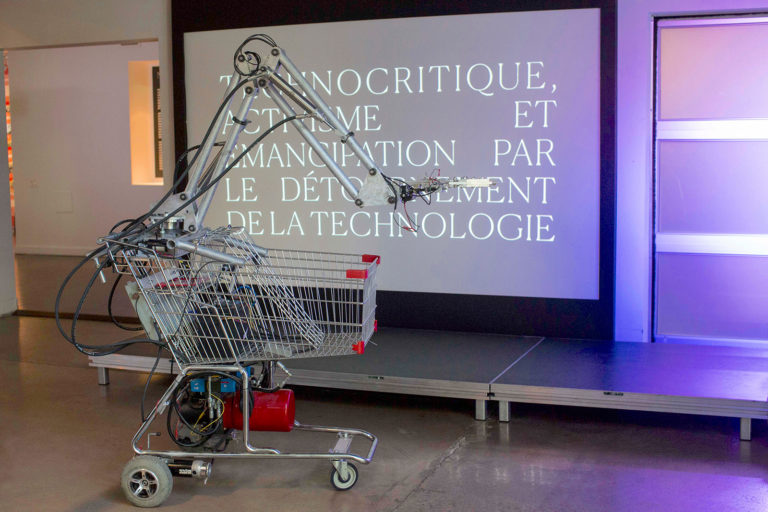
The 2017 edition of Eastern Bloc’s Sight + Sound festival put ‘capital I’ innovation in its cross-hairs and pulled the trigger. We journeyed to Montreal to its flagship exhibition and assess its spectrum of ‘non-compliant futures.’
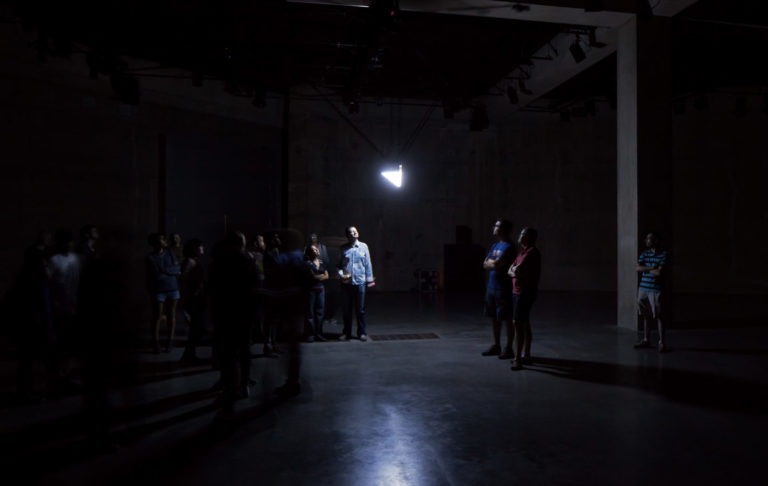
This summer, visitors to Sao Paulo’s Itau Cultural Gallery find themselves face-to-face with a host of artificial life forms. Amongst them is a new version of artist Ruairi Glynn’s interactive installation ‘Fearful Symmetry’, which was first shown at the Tate Modern, London, in 2012.
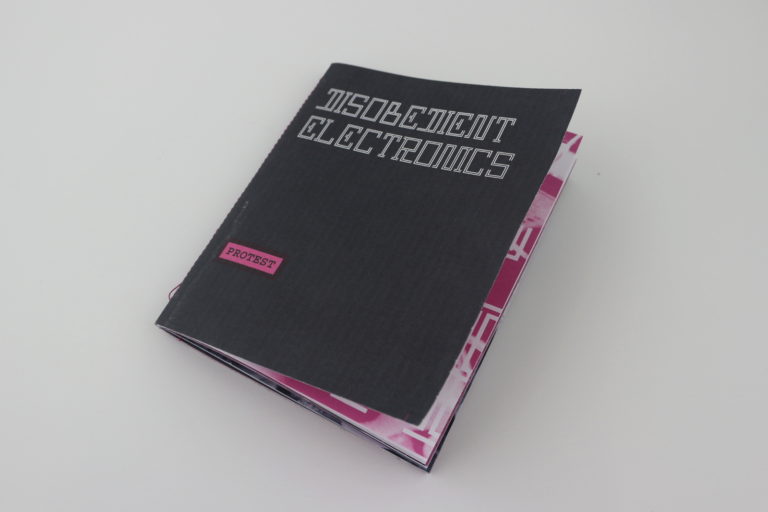
A follow-up to the influential 2012 booklet series “Critical Making,” “Disobedient Electronics: Protest” is a new zine by Vancouver-based theorist and educator Garnet Hertz that uses dissent as a lens to survey electronics-based projects and practices.
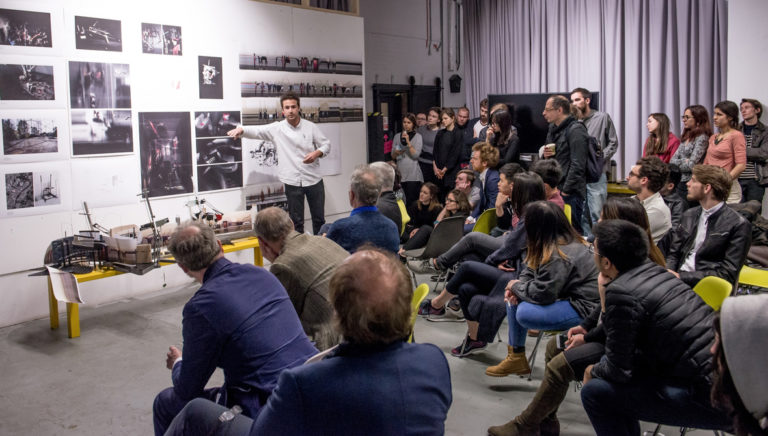
Interactive Architecture Lab founder Ruairi Glynn chats with CAN about the freshly-launched Design for Performance & Interaction (DfPI) programme at the Bartlett School of Architecture, University College London.
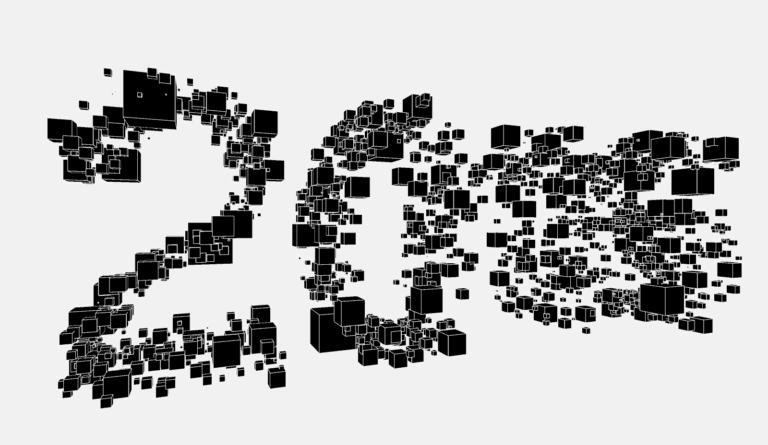
At its best, creative inquiry offers intellectual nourishment, empowerment and solace. At the end of 2016, we need all of those, which is why remembering – and celebrating – the outstanding work done this year is all the more important. Over the past twelve months we’ve added more than 100 projects to our archive – and with your help we’ve selected the favourite ones!
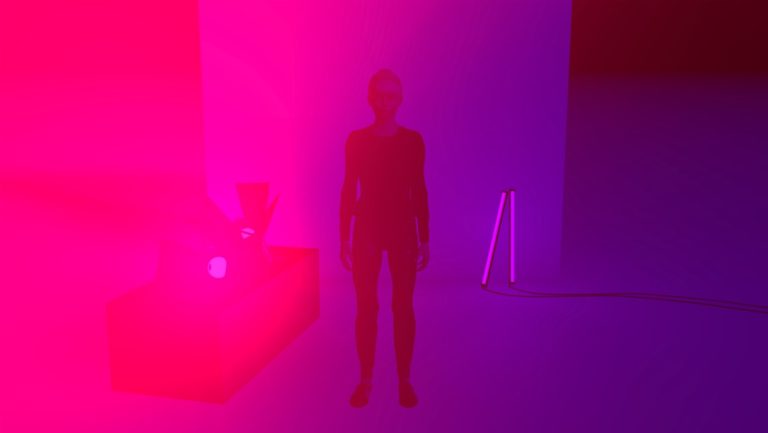
Taking place at Espacio Fundación Telefónica in Lima between 17 March – 19 June, New Realities is a touring exhibition curated and produced by Alpha-ville which explores how the phenomenal pace of technological advancement is changing the way we perceive ourselves and our world.
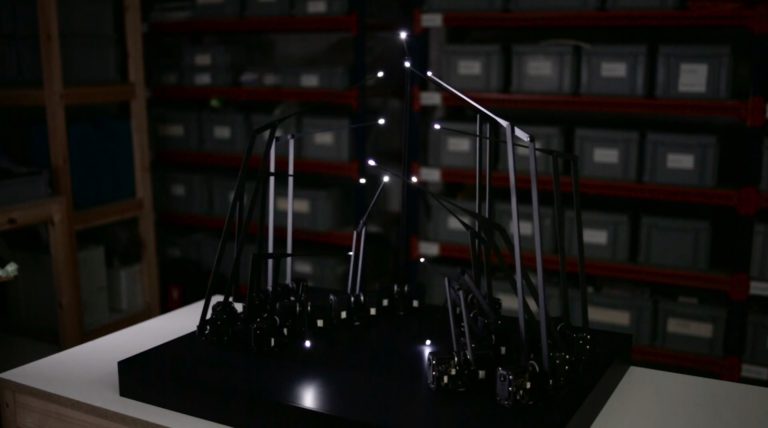
Created by Random International, Study for Fifteen Points explores the minimal amount of information that is necessary for the animated form to be recognised as human; and the fundamental impact created by subtle changes within that information.

SIGNAL Festival which focuses on innovative art and tech projects in public space, expands its program to integrate an educational platform called TRANSMIT. Remarkable community of artists, coders, designers, makers, thinkers, producers and other professionals from 13 countries worldwide will come together to present their work, debate and lead workshops in the field of digital culture, art and technology.
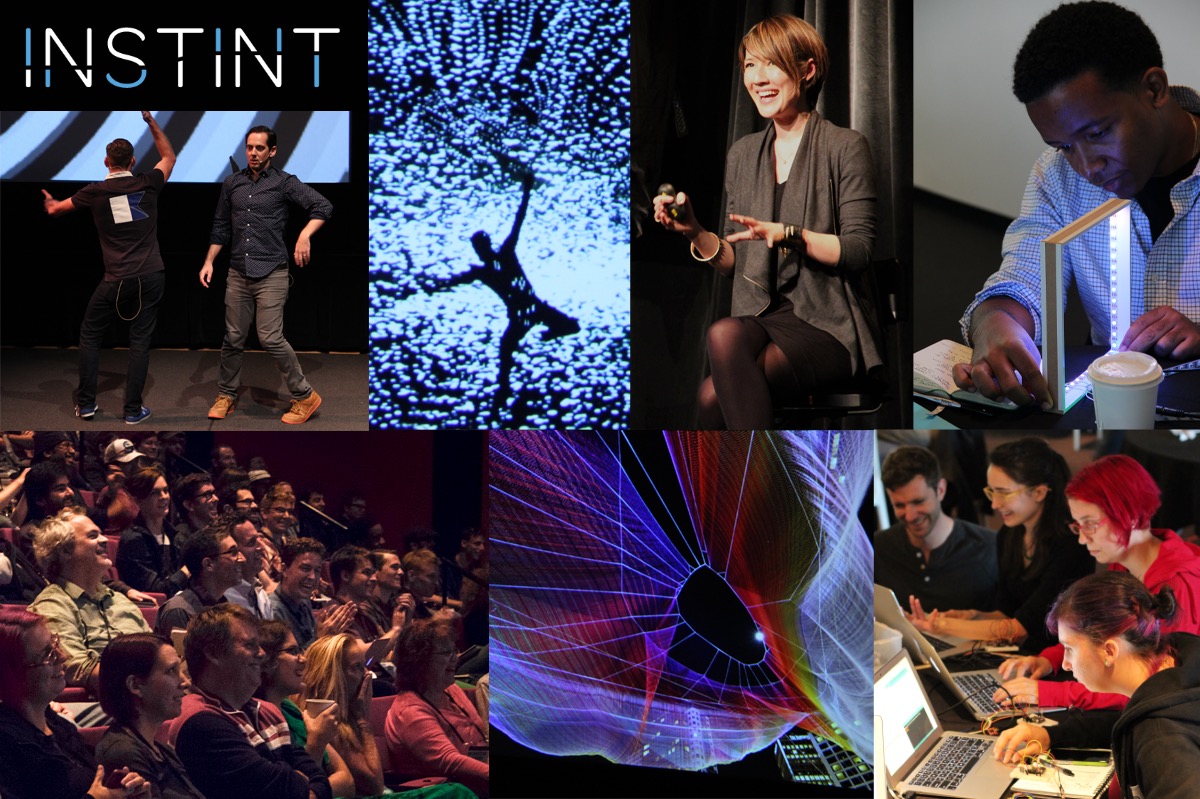
If you create interactive experiences you’ll want to check out the third annual INSTINT. The event assembles an international roster of artists/makers/designers who explore the intersection of art, technology and interaction. If youʼre interested in installation art, interactive art, responsive environments, smart objects, and the art of creating engaging experiences this event is for you. September 2015. Workshops + Lectures. 300 people. (60 tickets left as of 6/15/15).
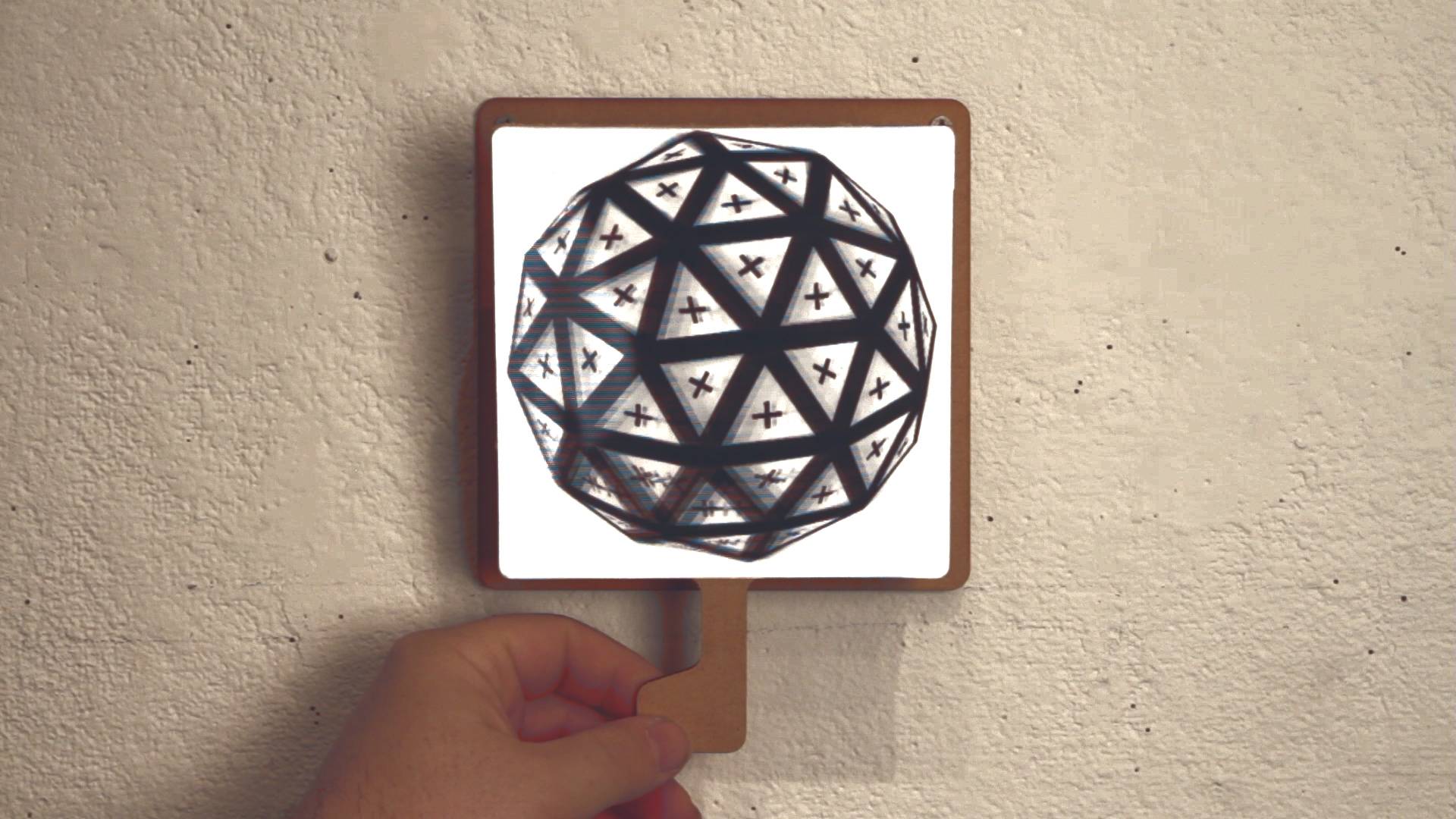
This tutorial shows you how to write code to create a brief looping animation, using computationally-generated graphics, suitable for both online and lenticular publishing. Then, using the unique GifPop services, you can get your GIFPOPs printed.
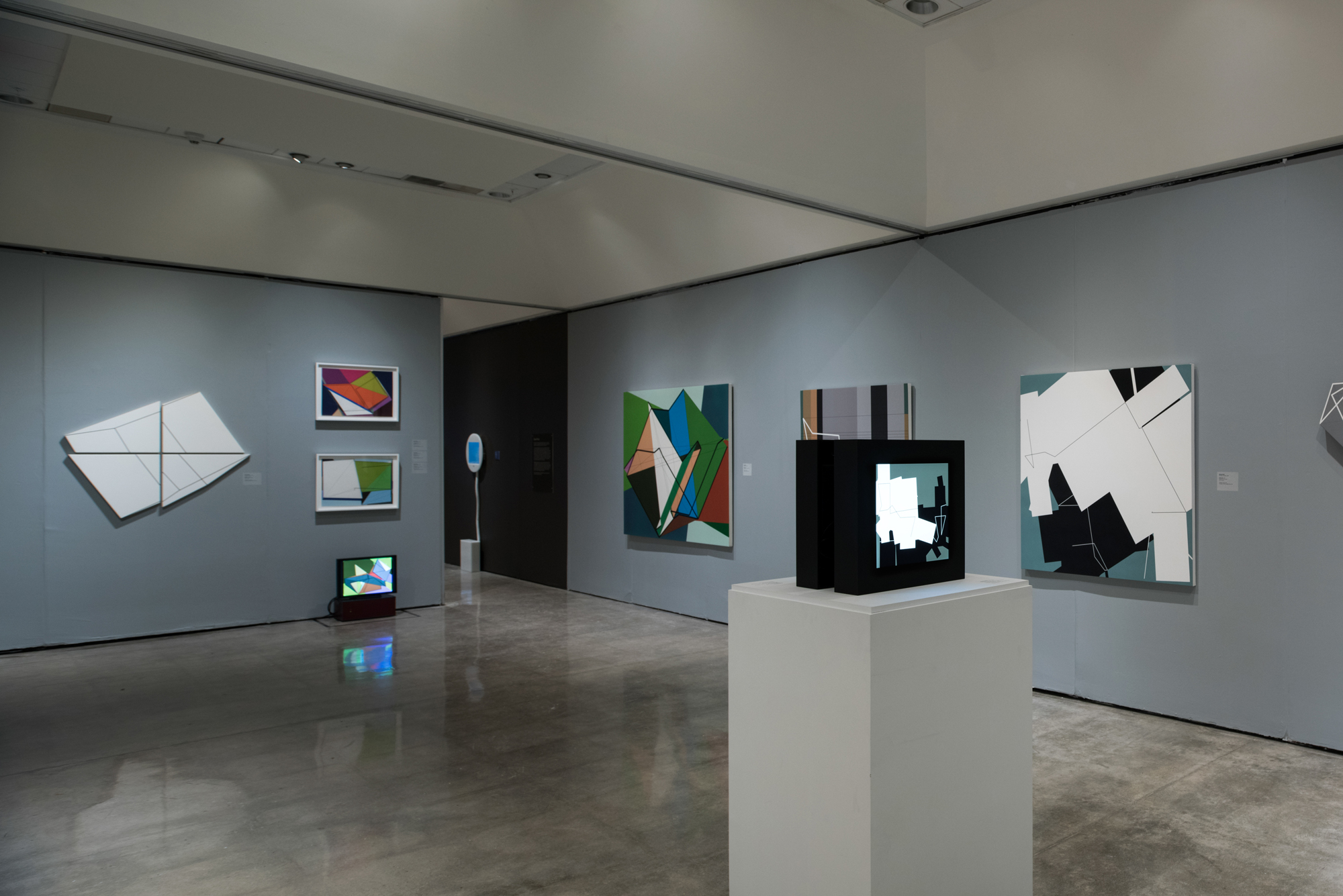
Toronto-based curator Marla Wasser is the mind behind “RAM: Rethinking Art & Machine”, a media art exhibition currently on display at the Art Gallery of Nova Scotia that contains work by media art heroes like Angela Bulloch, Jim Campbell, Manfred Mohr, Alan Rath, and Daniel Rozin. Wasser recently engaged in an extensive interview with CAN, in which she shares some behind-the-scenes details about her show.
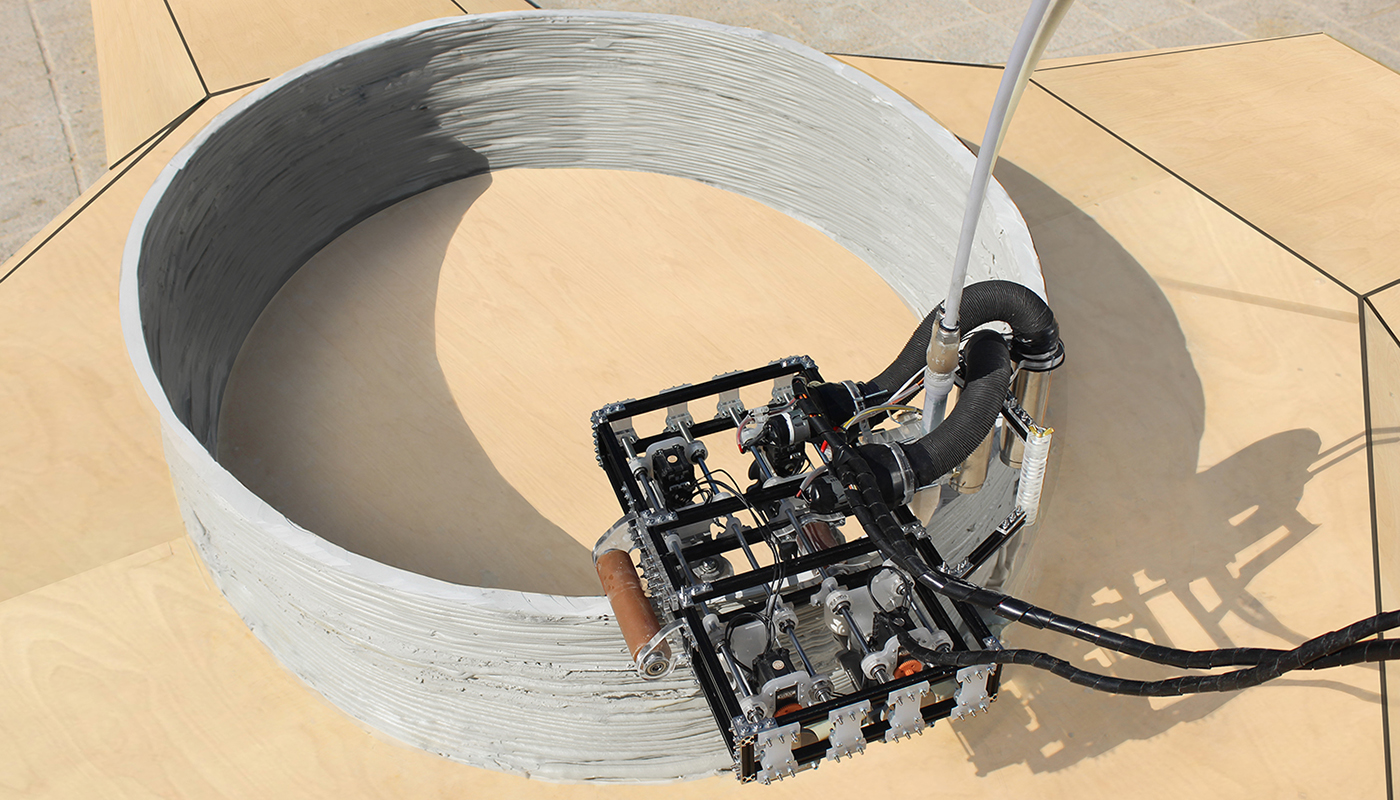
Minibuilders is a research project comprised of a family of small-scale construction robots designed to perform diverse tasks, linked to the different phases of construction, finally working together as a family towards the implementation of a single structural outcome.

Google’s got a new consumer hardware initiative is a mobile phone with machine vision eyes, ultra-fast inner-ears and spatially aware brains. And around that 5″ Android reference hardware, could this be all your AR Kickstarters come true?
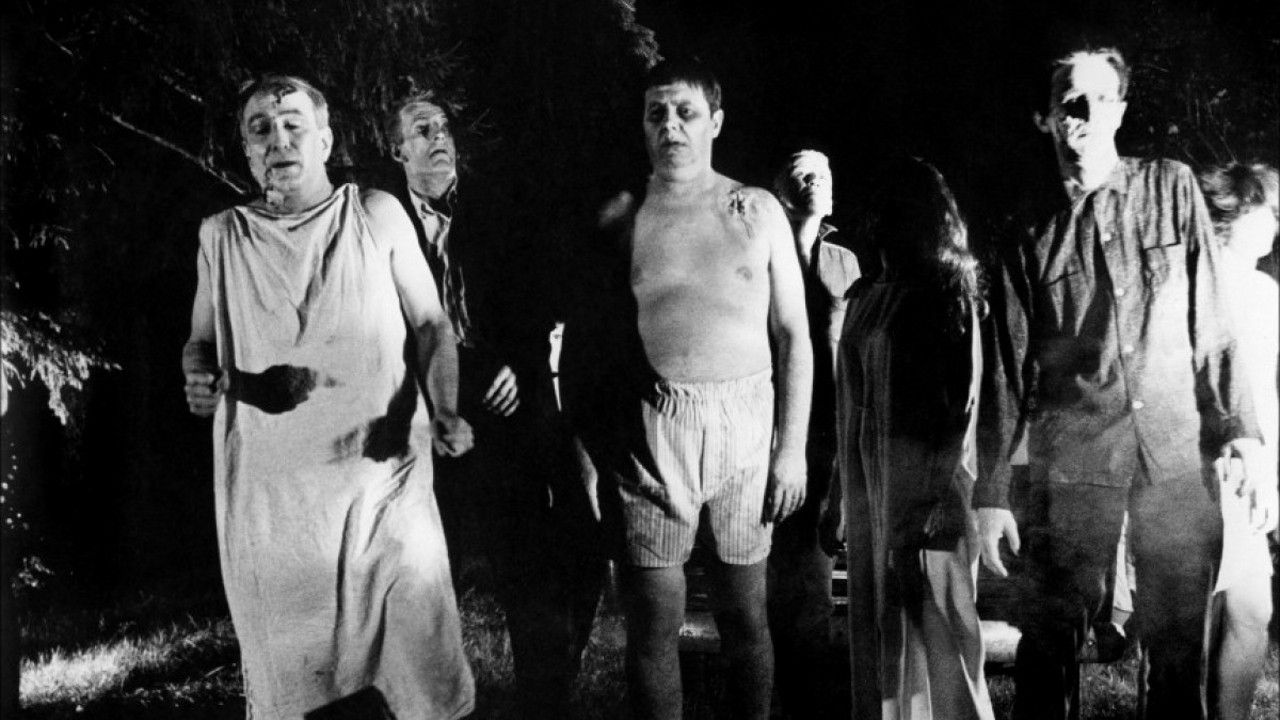
In this social networking microcosm where the living, content generators, the dead, automated bots, spammers all share a peaceful coexistence, Matt Pearson questions his “other” self who speaks his language and says just the kind of things he would say.

